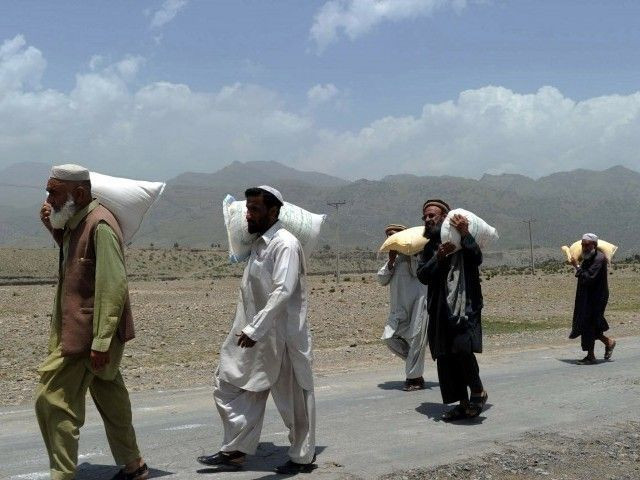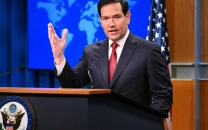Fata’s economy in dire need of balancing act
Wartime economy is helping keeping conflict alive; many now rely on its ways to make money

Wartime economy is helping keeping conflict alive; many now rely on its ways to make money. PHOTO: AFP
This might be a lengthy process, however, considering overall damage in the tribal areas over the last decade amounts to more than Rs80 billion. This perhaps provides the answer to the ever important question; why weren’t people from conflict ridden areas being repatriated sooner?
The process had to be phased out into four different stages, considering short and long term development needs. The amount required for the construction of the damaged houses is roughly Rs32 billion of which Rs5 billion were received. The rest are in an exhaustive process of release and background briefings, officials involved in the process say.

However, Fata’s own economy’s self-sustenance is the solution to this paradox of securitisation and displacement. Hopefully, the problems will come to an end by December 2016. Those responsible seem to be conscious of this fact, but the pace of progress is slow, owing in large part to bureaucratic hurdles.
Fata’s economy is an interesting mixture of anomalies, much beyond the scope of a single article. However, one can try to map the contours of the ‘trade of the frontier’. The shadow economy of Fata runs parallel to its history of conflict. There is the infamous narco trade, which has been curtailed to quite an extent, but not completely obliterated.
Contempt Of Court: PHC issues notice to Fata officials
Also, the “container-ing business” is a form of trans-trade to Afghanistan that has created many new millionaires and brought money back to the parched mountains. It now forms a massive business industry that has huge investments in transport and property.
These bits are only the tip of the iceberg of what is an imbalanced economy that has managed to keep itself financially secure despite all the losses. However, the equation cannot be applied to all of Fata. The grinding poverty of some tribes is no secret.
Perhaps the more pertinent question at this time is; how will this imbalanced economy, which for the most part is undocumented, stabilise once peace returns? In South Waziristan alone, 58% of the population is involved in smuggling. In the early 2000s, 38% of total imports in Afghanistan were from Pakistan which equaled an amount well beyond US$1 billion. This compares to its 7% of agricultural land of which 66% relies on rainfall.
The “unscrupulous” economy of the tribal lands supersedes traditionally accepted modes of livelihood and in some ways, people from the area still do or at least expect to rely on it.
But these are just mere glimpses of the actual situation in Fata. The initiative of mainstreaming the economy of the tribal areas is part of a longer project directly related to reforms and the future of the area.
However, for immediate and lasting peace, it is important to make clearheaded decisions that do not bottleneck the economy in ways that are acceptable to locals. It’s a tough task nevertheless. It is almost equivalent to changing the course of history in some ways, but it is more important now than ever before.
Published in The Express Tribune, June 8th, 2016.













COMMENTS
Comments are moderated and generally will be posted if they are on-topic and not abusive.
For more information, please see our Comments FAQ